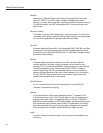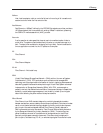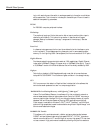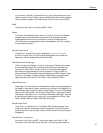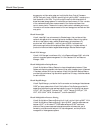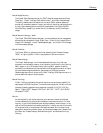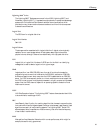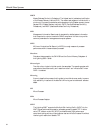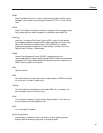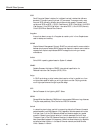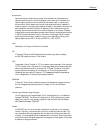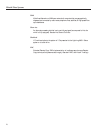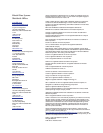
On-line system
An interactive computer system supporting users over a network of computer
terminals.
Open system
A system whose characteristics comply with standards made available throughout the
industry, and therefore can be connected to other systems that comply with the same
standards.
Operating System
The operating system is the most important software program that runs on a
computer. The operating system (OS) performs basic tasks such as recognizing input
from a keyboard, sending output to the display screen, keeping track of files and
directories on the disk and controlling peripheral devices such as disk drive and
printers or a mouse. The OS acts as a traffic cop and schedules the various programs
that the computer executes. The OS is also responsible for security, ensuring that
unauthorized users do not access the system. Operating systems can be classified as
follows:
1) Multi-user – allows two or more users to run programs at the same time.
2) Multi-processing – supports running a program on more than one CPU.
3) Multi-tasking – allows more than one program to run concurrently.
4) Multi-threading – allows different parts of a single program to run
concurrently.
5) Real Time – Usually a stripped down OS that responds to input instantly.
Out of band
A communication that does not use the same bandwidth that carries data in a system.
For example, the control information in the Lightning 9900
™
Series systems do not use
the same path as data and is therefore referred to as “out of band.”
Parity
A data-checking scheme used in a computer system to ensure the integrity of the data.
The RAID implementation uses parity to recreate data if a disk drive fails.
PiT
A Point-in-Time (PiT) copy is a copy of data that is taken at a specific point in time.
PiT copies are used in many ways including backups and checkpoints.
POD
Performance On Demand.
Port/Port ID
See Fibre Channel.
Hitachi Data Systems
66



